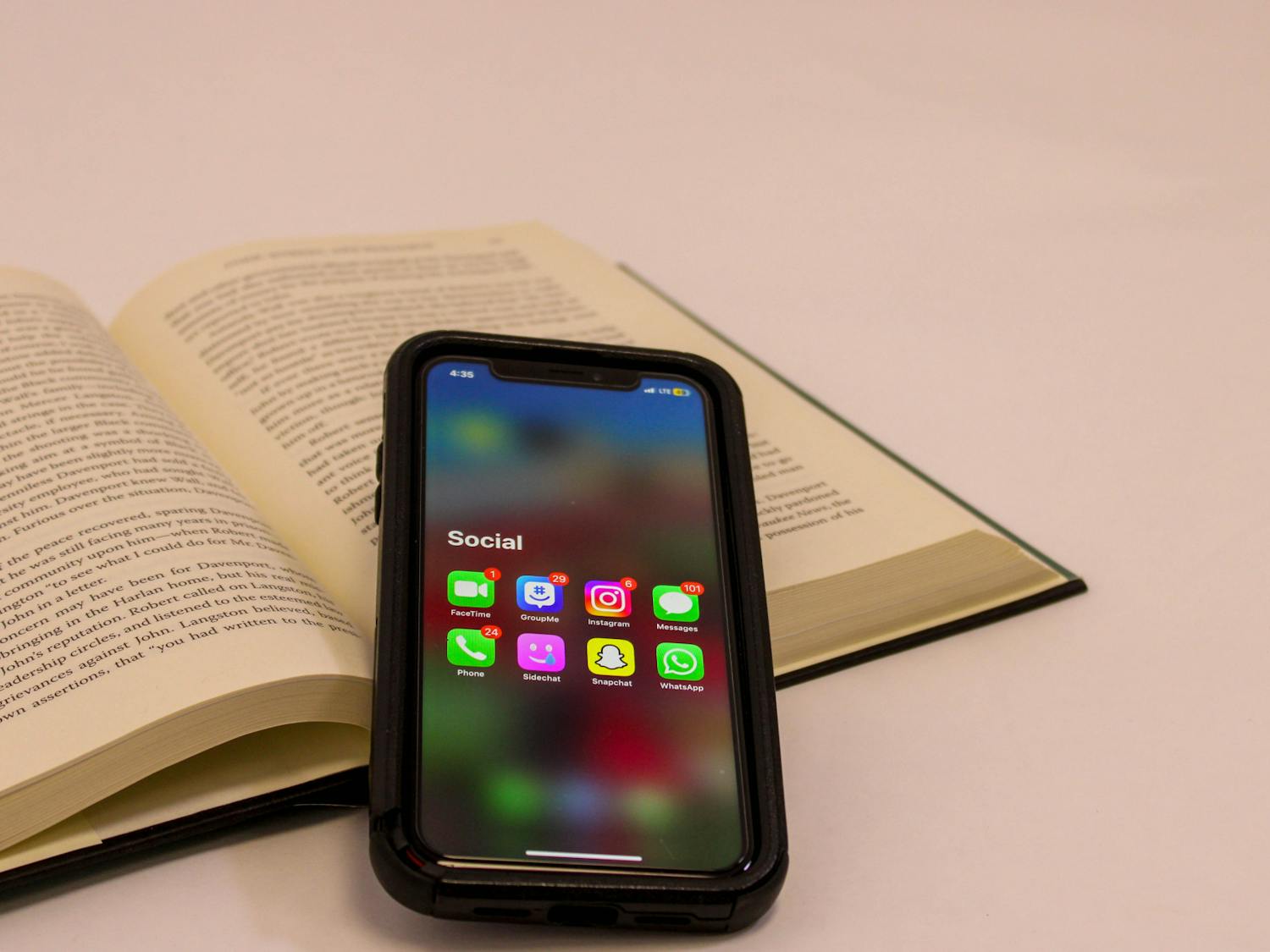For the past month, Wharton MBA student Yahya Jalil has been effectively exiled from America. Jalil, a Pakistani national, had been in the U.S. for 10 years, and his wife is still here. He is scheduled to graduate this May. The U.S.A. Patriot Act required Jalil to register with the INS before a recent trip to London. He thought he had fulfilled this requirement by registering previously, but Jalil was then denied re-entry to the U.S.
Even if Jalil misunderstood the requirement, barring him from the country is an extreme and outrageous response. And the U.S.A. Patriot Act itself amounts to state-sanctioned racial profiling.
But such is the xenophobic paranoia that exists towards Arabs and South Asians. Moreover, for South Asians, racial and ethnic scapegoating possesses a unique, malleable character.
Because we do not fit neatly into American racial categories, South Asians in the U.S. are targeted in many different situations. Our history illustrates this racial ambiguity, and more personally, I have lived it since my childhood. While I have not encountered anything as serious as Jalil's dilemma, my experiences do illustrate the social construction of race and its relationship to oppression.
My earliest memory of kindergarten is that of several children deridingly calling me "Japanese Beetle." This was 1979, the height of competition between the U.S. and Japan in the automotive industry. I have since wondered whether my classmates had parents who worked at the Chrysler plant down the street from our elementary school; that might explain how they learned the epithet.
When I tell this story, some are surprised that a South Asian would be called "Japanese Beetle," even by five-year olds. But Delaware did not have many people of Asian descent, so we were often lumped together. Even my 10th grade English teacher frequently mistook me for the one Laotian student in our class.
I received plenty of other ethnic-related ribbing, but interestingly, little of it actually referred to South Asians. There were the ululations and references to rain dances, which came from kids who confused American and Asian Indians. Epithets denoting Chinese and biracial identities were thrown my way. During the first Gulf War, I was deridingly called "Saddam." And just recently, I was told that I "look like an al Qaeda member."
Even when there is no derogatory intent, people still mistake me for a variety of ethnicities. In the predominantly white crowds, it is usually "Italian," but in the company of blacks, it is often "Puerto Rican." I have also been mistaken for Greek, Spanish, Mexican, Arab and other groups.
Had I grown up in Jersey City, N.J. or Queens, N.Y., which have large Asian Indian communities, I may have been identified correctly more often. But in these areas, South Asians are targeted even more frequently. Well before Sept. 11, 2001, high profile cases, such as the murder of Navroze Mody in N.J. and the beating of Rishi Maharaj in Queens, brought attention to hate crimes against South Asian Americans.
My own racial ambiguity also parallels the history of South Asians in America. In 1923, with the case of Bhagat Singh Thind, the Supreme Court ruled that South Asians were not "white" and therefore not entitled to citizenship. Ironically, the 1970 census categorized South Asians as "white" in a deliberate attempt to deny them the benefits of civil rights legislation. Only after much protest were South Asians reclassified as "Asian" or "Pacific Islander."
At times, South Asians have also been racially characterized in other ways. For example, in 1965, Indian Prime Minister Lal Bahadur Shastri and Pakistani President Mohammed Ayub Khan planned to visit the U.S. However, after both leaders expressed opposition to the Vietnam War, President Lyndon Johnson cancelled their visits, but he wanted to conceal his motives. Johnson remarked, "After all, what would Jim Eastland [the conservative senator from Mississippi] say if I brought those two niggers over here."
In making this statement, Johnson was not just using the n-word as a general epithet of dehumanization; he was specifically appealing to segregationist sentiments by linking the two leaders with blacks -- a linkage allowed by South Asian racial ambiguity in America. And as I have illustrated through my own experiences and through our history, this ambiguity is often molded to scapegoat us.
Since Sept. 11, 2001, South Asians in the U.S., along with Arabs, are most frequently targeted as potential terrorists. Religion and national origin, along with racial ambiguity, play a role in this characterization. Yahya Jalil is a victim of ethnic scapegoating, which has even been legislated into the detestable U.S.A. Patriot Act. Students can sign a petition in support of Jalil at www.gapsa.upenn.edu/yahya/. And I urge the University to do everything it can to help Jalil and other students in similar situations.
Vinay Harpalani is a Ph.D. candidate in Education and a Master's candidate in Bioethics from Newark, Del.








